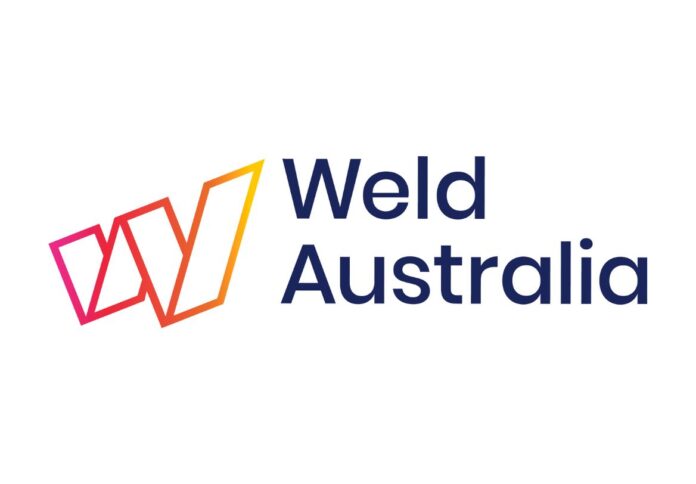
Media Release by Weld Australia
Weld Australia is calling for a radical four-pronged approach to overcome the nation’s skilled welder shortage that includes: an overhaul of welding apprenticeships; tapping into hidden sources of talent; refocusing STEM training in schools; and investment in TAFEs nationally.
According to Geoff Crittenden (CEO, Weld Australia), “Unless urgent action is taken now, Australia will be 70,000 welders short by 2030. The skills crisis is not unique to Australia; the US fabrication industry will face a shortage of 500,000 welders by 2030, and by 2050 Japan will need around 250,000 welders.”
“This global shortfall of welders is driving most developed nations to implement extraordinary measures to resolve it—Australia must follow suit. We need a practical, actionable plan that can be implemented now to overcome the welder skills shortage—not political posturing and promises that cannot be kept.”
“Australia does not have the welders to deliver the nation’s critical energy, defence, rail and infrastructure projects. Access to the global supply chain for fabricated steel products will be a high-risk, expensive proposition. While our governments can wish, and hope, and make public pledges about funding for Australia’s transition to renewable energy and other major infrastructure projects that create jobs, we simply do not have the sovereign manufacturing capability to make this a reality,” said Crittenden.
1. An Overhaul of Welding Apprenticeships
The existing Certificate III in Engineering (Fabrication) is a nominal 720 hours of face-to-face teaching at a TAFE interspersed with practical experience in the workplace via an apprenticeship. This is spread over three years. Weld Australia proposes that the current course is condensed into one year. The existing training package will remain unchanged but will be taught in two 24-week blocks consisting of 14 weeks of face-to-face training, and 10 weeks of Structured On the Job Training (SOJT) in the workplace. Once an apprenticeship is complete, competency will be assessed and the Certificate III qualification awarded. Graduates will then be required to qualify to ISO 9606, the internationally recognised standard for welding competency. The shorter course will be less daunting to school leavers and will encourage mature-aged applicants. Training will be more intensive and is therefore likely to be more efficient. The number of apprentices graduating should increase, and the skills of welders should increase dramatically.
2. Skill Sets: Tapping into Hidden Sources of Talent
An analysis of people identifying as welders indicates that less than 50% have any formal welding qualifications. Clearly, there are a significant number of welding jobs that require a Skill Set (practical competence) without necessarily having the full range of trade skills. Skill sets are ideally suited to upskill the workforce by providing an internationally recognised certificate of competency, and provide a clear pathway to an apprenticeship for mature-aged workers. Weld Australia proposes that a series of courses covering basic welding Skill Sets are funded and included in the scope of all Registered Training Organisations (RTOs) that teach welding.
3. Refocussing STEM Training in Schools
STEM training in schools must be refocused to showcase the opportunities in trades and encourage women and other underrepresented groups into careers in STEM. Weld Australia has been working with the New South Wales Department of Education for the past three years on an Advanced Manufacturing School Outreach Program for schools. Weld Australia proposes that this Program be rolled out nationally.
4. Investment in TAFEs Nationally
It is imperative that sufficient investment be made in the TAFE system to ensure that it is a world-class technical teaching organisation capable of meeting Australia’s demand for skilled tradespeople. Weld Australia proposes that funding properly reflect the cost of infrastructure, equipment, time, and materials required to teach to internationally recognised Standards.
















